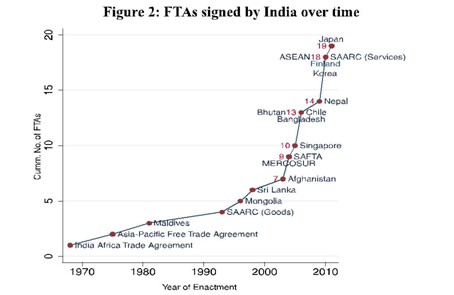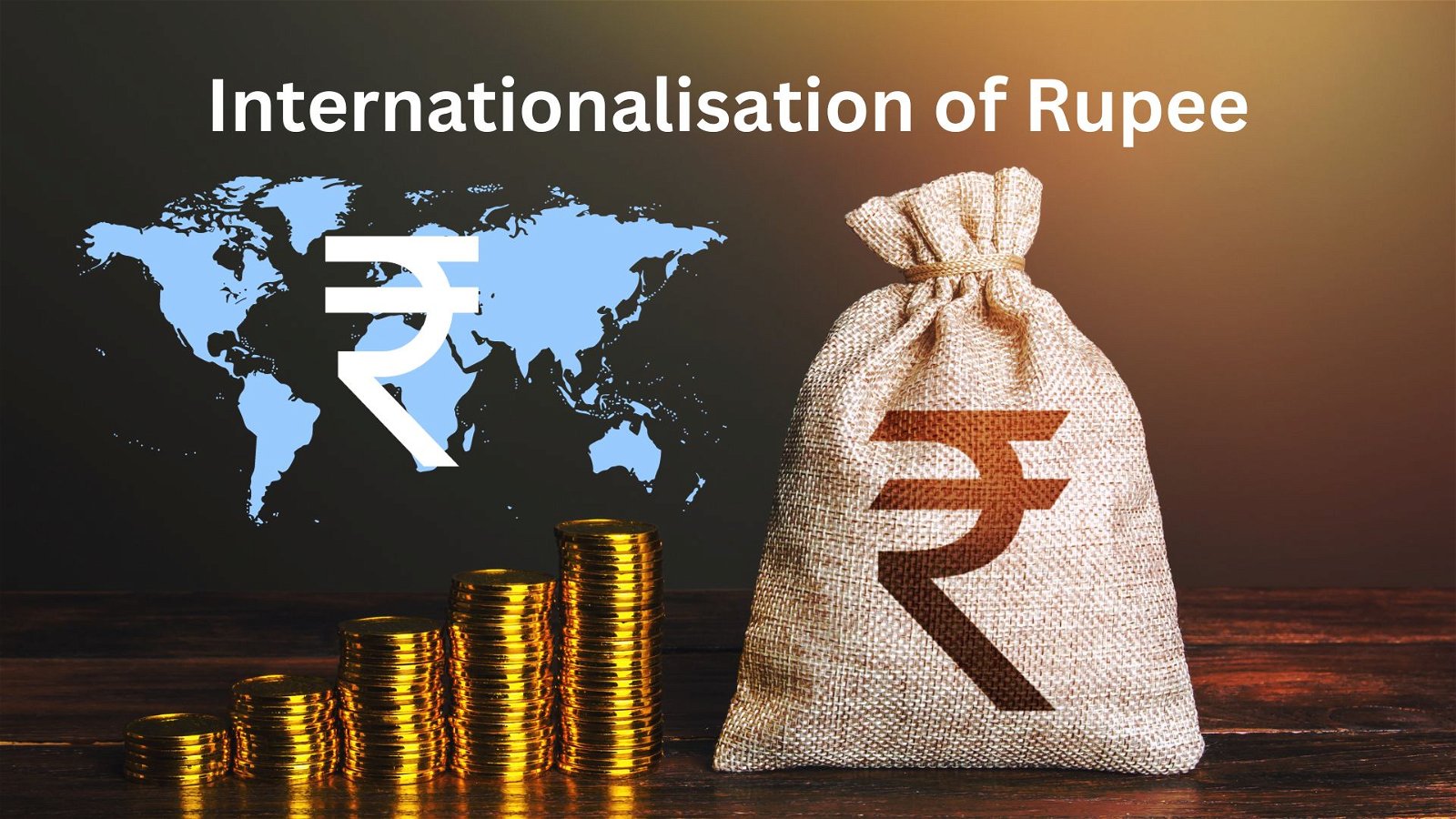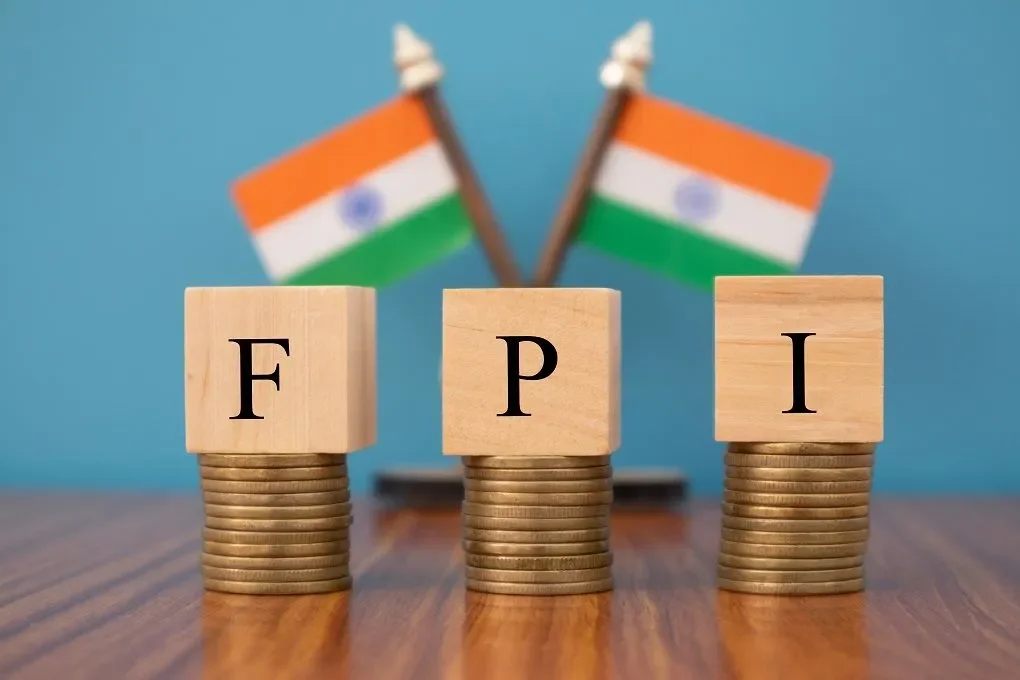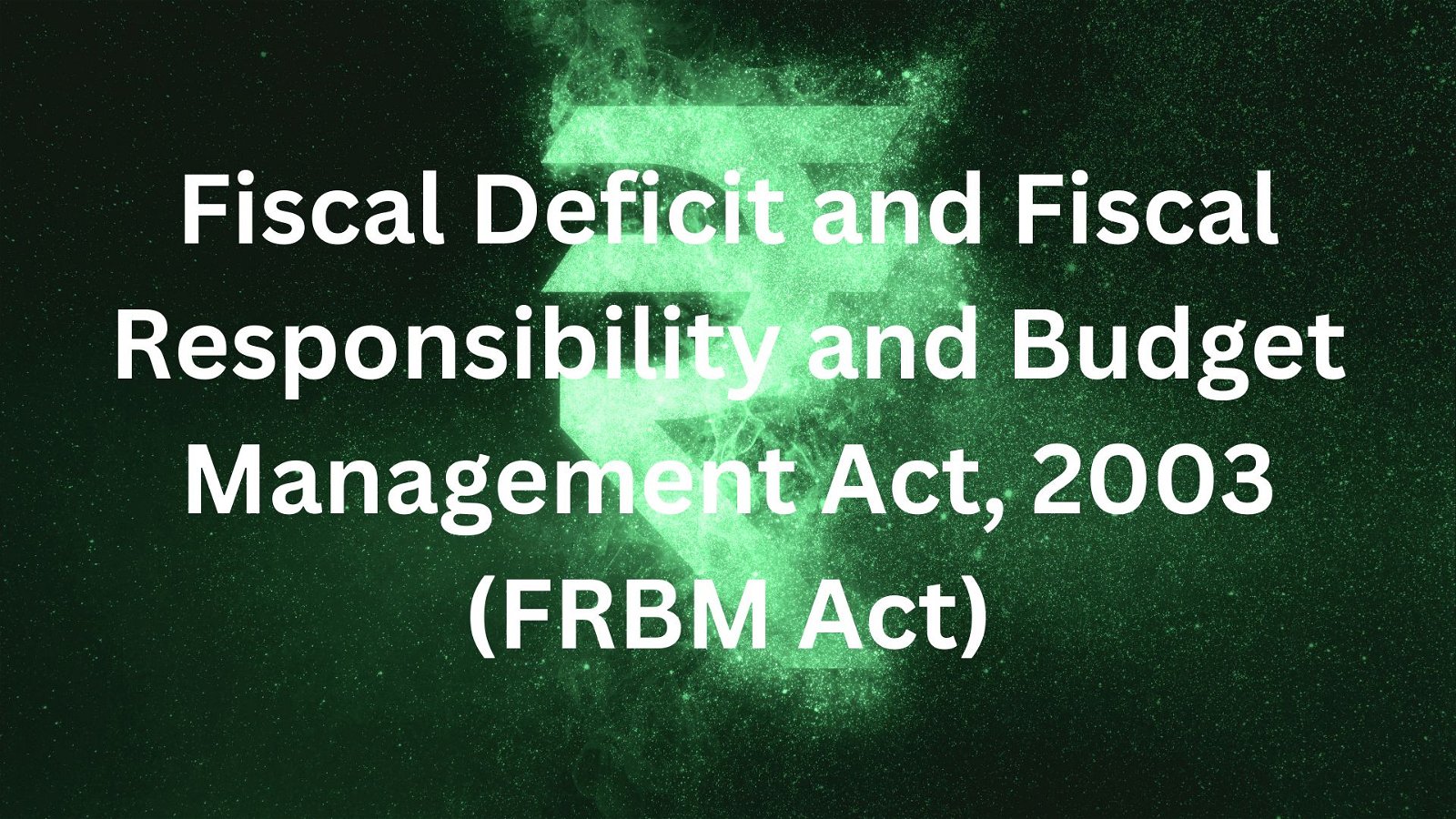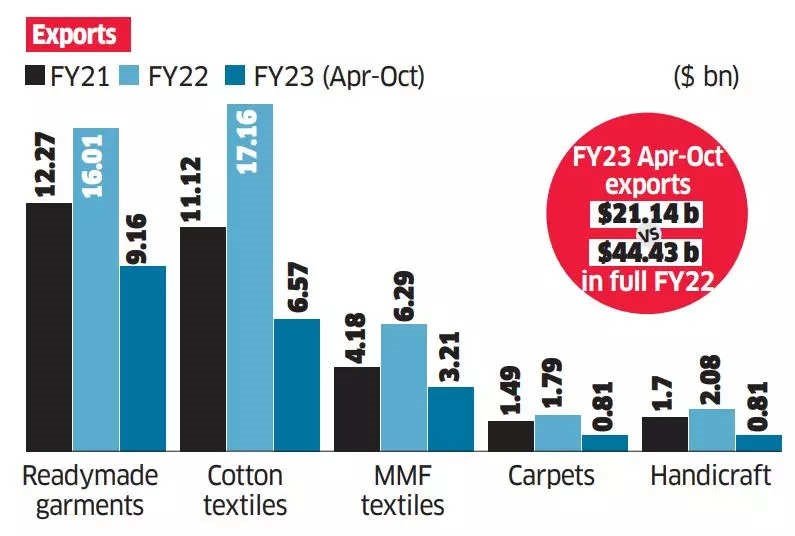
Fiscal Deficit
Subscribers of "Current Affairs" course can Download Daily Current Affairs in PDF/DOC
Subscribe to Never Miss an Important Update! Assured Discounts on New Products!
Must Join PMF IAS Telegram Channel & PMF IAS History Telegram Channel
- Context (TH): It was announced in the interim Budget that the Centre would reduce its fiscal deficit to 5.1% of gross domestic product (GDP) for the year 2024-25 & less than 4.5% of GDP by 2025-26.
- The revised estimates (for 2023-24) also lowered the fiscal deficit projection to 5.8% of GDP.
- These announcements have surprised many, as most were anticipating a higher fiscal deficit target.
Fiscal Deficit vs National Debt
- Fiscal deficit refers to the shortfall in a government’s revenue when compared to its expenditure.
- For example, in 2024-25, the government’s total revenue is estimated to be ₹30.8 lakh crore whereas the total expenditure is estimated to be ₹47.66 lakh crore.
- Please note, the borrowings that form part of the revenue should not be included.
|
- The fiscal deficit should not be confused with the national debt.
- The national debt is usually the amount of debt that a government has accumulated over many years of running fiscal deficits and borrowing to bridge the deficits.
| The national debt stands at 81.9% of GDP (as of Nov 2023). |
How does the government fund its fiscal deficit?
- To fund its fiscal deficit, the government mainly borrows money from the bond market.
Why does the fiscal deficit matter?
- Fiscal deficit ∝ to Inflation: There is a strong direct relationship between the government’s fiscal deficit and inflation in the country.
- Reduce borrowing cost: Fiscal deficit (FD) is indicative of fiscal discipline upheld by the government. The less the FD, the more the confidence to lenders and drives down the government’s borrowing cost.
- Managing public debt: A high fiscal deficit can also adversely affect the ability of the government to manage its overall public debt.
- Access to international bond market. A lower fiscal deficit may help the government to sell its bonds overseas more easily and access cheaper credit.
|
How is the government planning to bring down the fiscal deficit for 2024-25?
- Raise the tax base, tax collection and reduce spending.
- The Centre expects tax collections to rise by 11.5% in 2024-25.
- Spending less on fertilizer subsidy, from ₹1.88 lakh crore (2023-24) to ₹1.64 lakh crore (2024-25).
- Reducing food subsidy from ₹2.12 lakh crore (2023-24) to ₹2.05 lakh crore (2024-25).







![PMF IAS Environment for UPSC 2022-23 [paperback] PMF IAS [Nov 30, 2021]…](https://pmfias.b-cdn.net/wp-content/uploads/2024/04/pmfiasenvironmentforupsc2022-23paperbackpmfiasnov302021.jpg)

